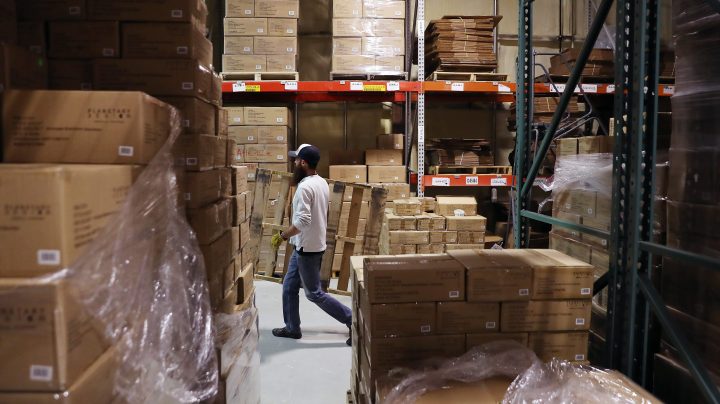
CPI, PPI — what do the indexes really tell us about inflation?
CPI, PPI — what do the indexes really tell us about inflation?

On Wednesday, the latest consumer price index showed that inflation continues to cool, yet remains stubbornly high. Thursday’s inflation report comes courtesy of the producer price index, which is a measure of what businesses pay for goods and services. PPI in April rose 2.3% from a year earlier, the lowest reading since January 2021.
That’s good, right? Because what happens with PPI eventually happens with CPI too, right? Eh … sometimes.
Our reporting journey started out innocently enough: to figure out what the producer price index can and can’t tell us about the consumer price index.
But when chatting with Betsey Stevenson, an economist at the University of Michigan, things got pretty existential pretty fast: “Actually, I think it’s a really good idea to even start with: What is inflation?” she said.
What Stevenson means is there is no one measure of inflation. CPI or PPI — they each have strengths and weaknesses in evaluating prices.
The government has a producer price index because, “if it’s going up, what do you think they’re probably going to do? Well, eventually they’ll raise prices to consumers,” Stevenson said.
They being businesses. And this makes a lot of sense — if the cost of food for restaurants goes up, eating will probably cost more. It’s a way the producer price index trickles down into the consumer price index.
But this doesn’t mean PPI can totally predict what’ll happen to consumer prices.
“There’s a lot of things that are going on that would make that relationship of PPI feeding into CPI very different,” explained John O’Trakoun, an economist at the Federal Reserve Bank of Richmond.
For one, consumers buy imported goods, and the PPI doesn’t measure that because it’s centered on domestic producers. Another thing? PPI is more volatile, because businesses are hesitant to raise prices for consumers the second their costs go up.
And the biggest discrepancy is housing; it’s not included in the PPI yet makes up a third of the CPI.
“It’s one of the pieces of CPI that’s actually keeping the CPI quite elevated right now,” O’Trakoun said. And it’s why producer prices look a bit sunnier than consumer prices.
So what’s the point of all this then? Why do we cover all these economic acronyms week after week?
“More measures are always better at giving us more precision in our predictions,” said Stevenson of the University of Michigan. “So are different measures of inflation all pointing in the same direction?”
And right now, she added that the rate of inflation for both indexes is ticking down, which is a good sign for inflation overall.
There’s a lot happening in the world. Through it all, Marketplace is here for you.
You rely on Marketplace to break down the world’s events and tell you how it affects you in a fact-based, approachable way. We rely on your financial support to keep making that possible.
Your donation today powers the independent journalism that you rely on. For just $5/month, you can help sustain Marketplace so we can keep reporting on the things that matter to you.

















